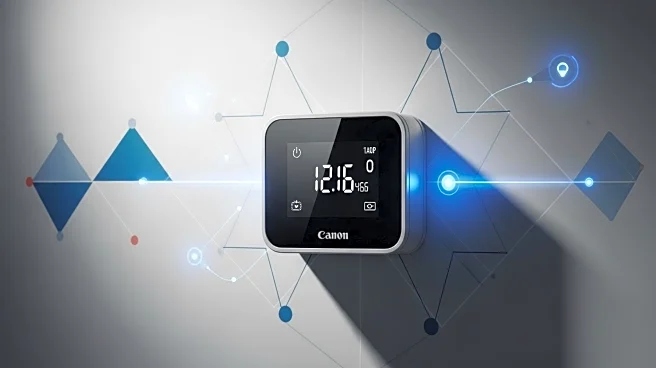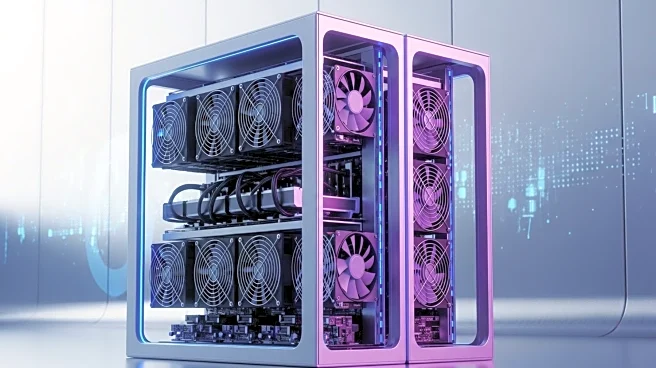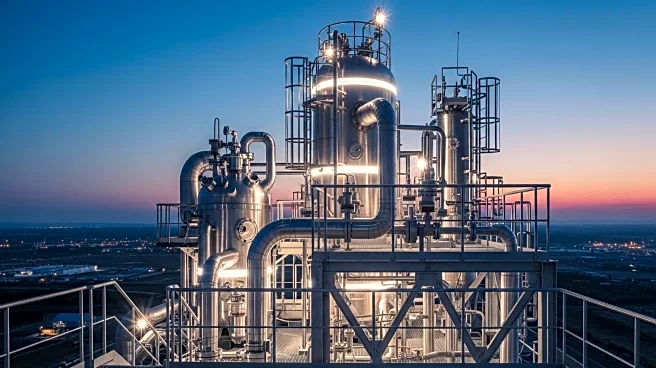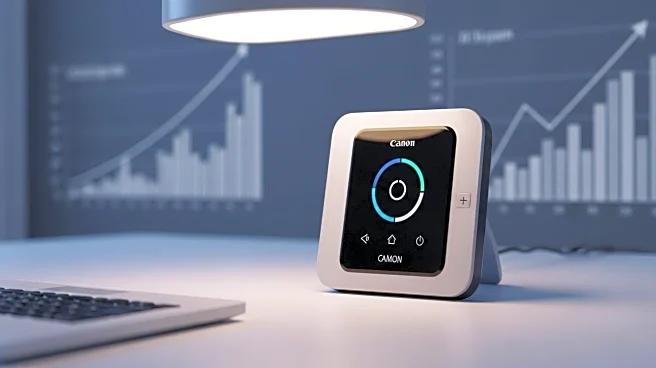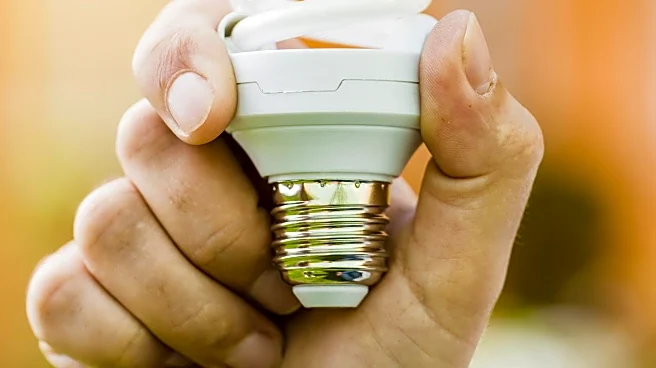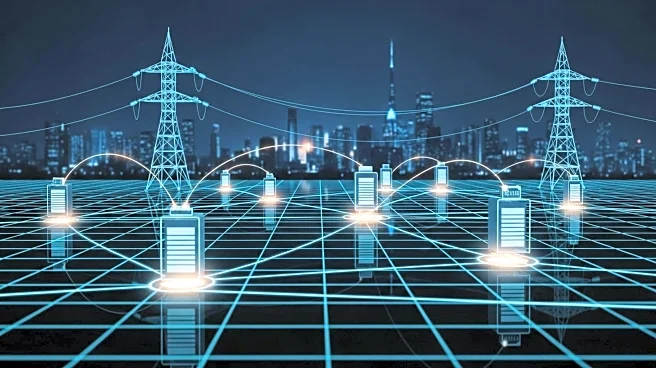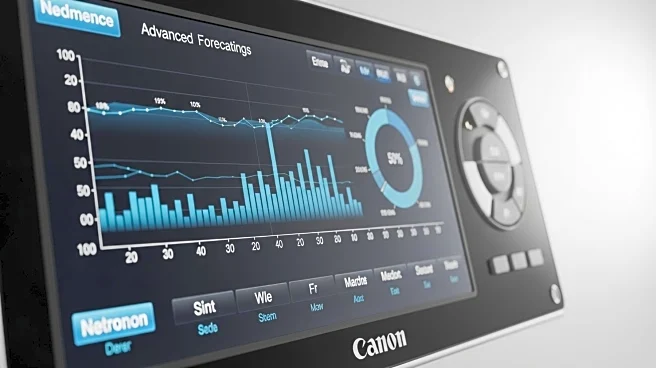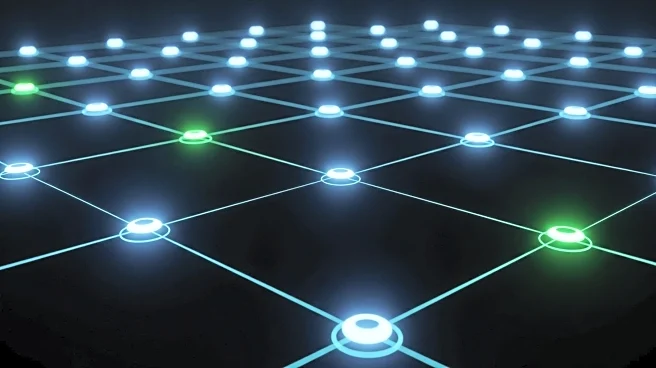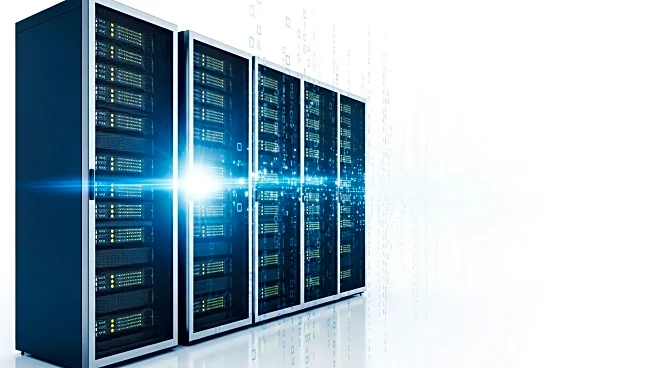What's Happening?
A recent survey by the Smart Energy Consumer Collaborative highlights a significant increase in the adoption of smart thermostats among U.S. households, with nearly half of respondents owning one. Despite this growth, participation in demand response programs remains low, with only about 20% of smart thermostat owners engaging in such initiatives. The survey indicates that younger U.S. residents are particularly interested in energy efficiency, turning to smart technology to manage their energy consumption. However, a lack of awareness about demand response programs is a barrier to broader participation. Utilities are encouraged to enhance customer education to bridge this gap.
Why It's Important?
The findings underscore a critical opportunity for utilities to engage consumers in energy efficiency programs, which are increasingly important as the U.S. faces new load growth. By increasing awareness and participation in demand response programs, utilities can help stabilize the grid and manage rising energy demands. This could lead to cost savings for consumers and contribute to environmental sustainability. Younger demographics, who are more inclined towards energy-efficient technologies, represent a key target group for these initiatives. The potential for smart appliances to aid in energy management further highlights the need for effective consumer outreach and education.
What's Next?
Utilities are likely to intensify efforts to educate consumers about the benefits and availability of demand response programs. This could involve targeted marketing campaigns and partnerships with technology providers to enhance program visibility. As awareness grows, participation rates may increase, leading to more efficient energy use and potential cost reductions for consumers. Additionally, the development of virtual power plants and other innovative solutions could further integrate smart technologies into the energy grid, offering new opportunities for consumer engagement and energy management.
